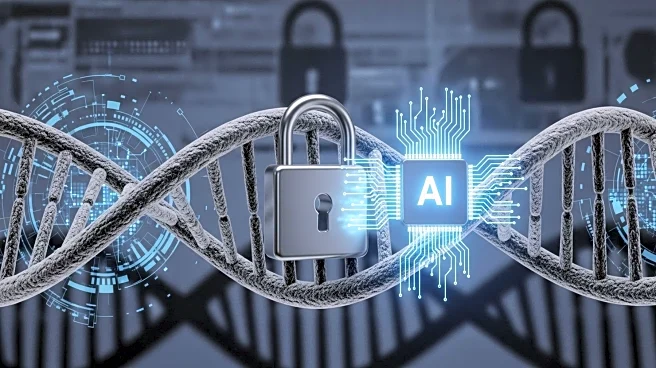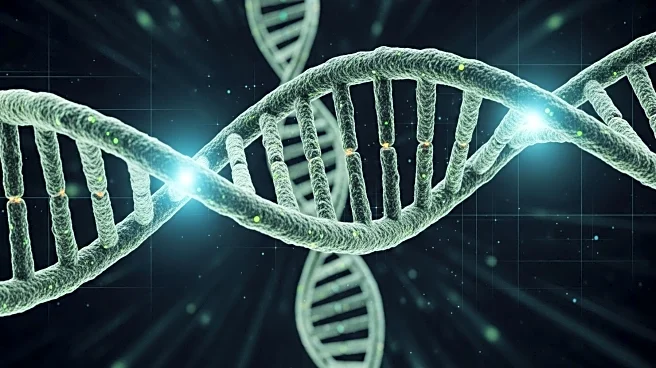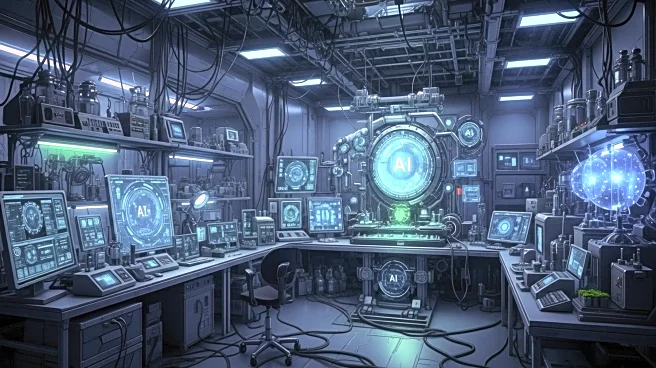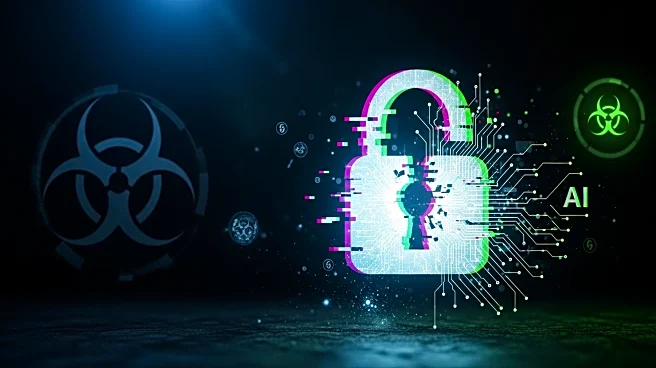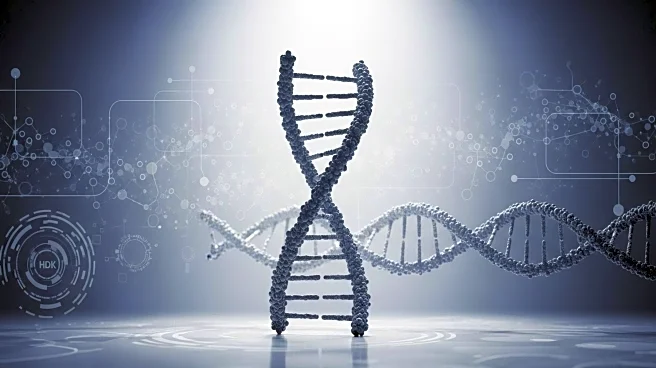What's Happening?
A recent study published in the journal Science highlights the potential biosecurity risks posed by artificial intelligence in designing DNA sequences for dangerous proteins. Researchers found that AI tools could 'paraphrase' DNA codes of toxic proteins, allowing them to bypass existing biosecurity screening measures used by DNA manufacturers. This discovery raises concerns about the misuse of AI in creating biothreats, as the reformulated sequences were able to evade detection by current systems. The study emphasizes the need for improved biosecurity measures and responsible sharing of scientific data to prevent potential misuse.
Why It's Important?
The findings underscore the dual-use nature of AI technology, which can be harnessed for both beneficial and harmful purposes. The ability of AI to design DNA sequences that evade biosecurity measures poses a significant threat to public safety and global biosecurity. This development could impact industries involved in synthetic biology and biotechnology, prompting a reevaluation of current security protocols. The study also highlights the ethical responsibility of scientists to manage the dissemination of sensitive information, balancing open scientific inquiry with the need to prevent misuse.
What's Next?
In response to these findings, there may be increased efforts to enhance biosecurity screening technologies and develop international guidelines for the responsible use of AI in biotechnology. Stakeholders, including governments, research institutions, and biotech companies, are likely to collaborate on creating robust frameworks to mitigate the risks associated with AI-designed DNA. Ongoing research and dialogue will be crucial in addressing the vulnerabilities identified in the study and ensuring that scientific advancements do not compromise global security.

